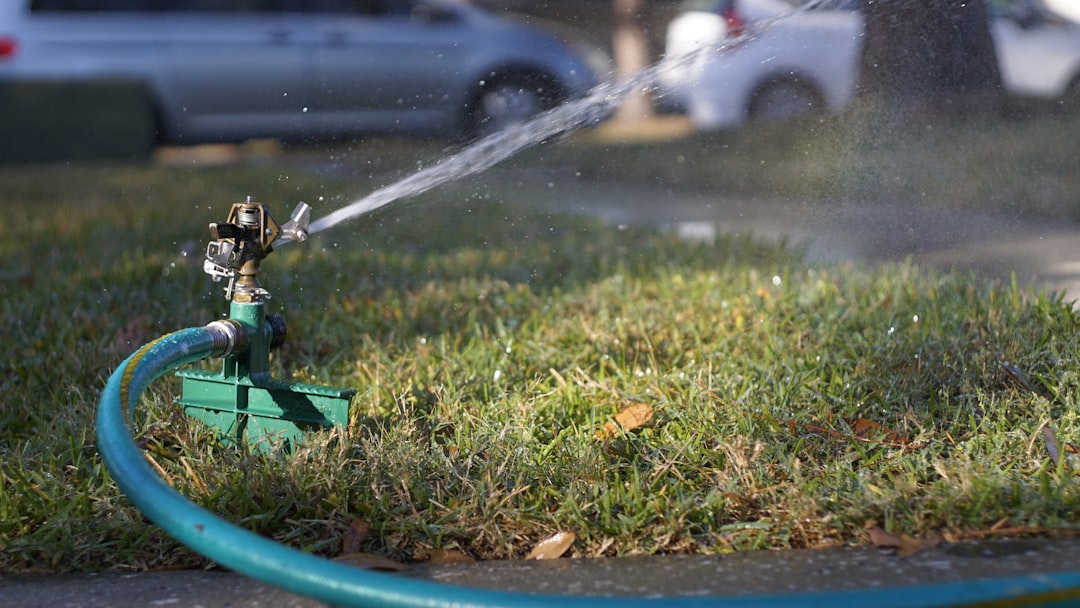 Navigating the Complexities of Real Estate Litigation in San Diego County
Navigating the Complexities of Real Estate Litigation in San Diego County
Real estate transactions can be complex and nuanced, involving multiple parties, contracts, and legal agreements. When disputes arise, it’s essential to have a skilled and experienced real estate litigation attorney in San Diego County to guide you through the process. In this article, we’ll explore the importance of real estate litigation, common disputes that arise, and the benefits of working with a seasoned attorney.
Real estate litigation refers to the legal process of resolving disputes related to real estate transactions, including property ownership, contracts, and leases. These disputes can arise from a variety of sources, such as contract breaches, property damage, or disputes over property boundaries. When a dispute cannot be resolved through negotiation or mediation, it may be necessary to take legal action to protect your rights and interests.
One of the most common types of real estate litigation is contract disputes. These disputes can arise when one party fails to fulfill their obligations under a contract, such as a purchase agreement or a lease. For example, a buyer may dispute the condition of a property, claiming that it was not disclosed in the contract. In this case, the buyer may seek legal action to rescind the contract or negotiate a settlement.
Another common type of real estate litigation is property damage disputes. These disputes can arise when a property is damaged due to the actions or inactions of another party. For example, a tenant may claim that the landlord is responsible for damage to the property, while the landlord may argue that the damage was caused by the tenant. In this case, the parties may need to engage in legal proceedings to determine liability and compensation.
Real estate litigation can also involve disputes over property boundaries. These disputes can arise when neighboring property owners disagree over the location of their shared boundary. For example, a property owner may claim that their neighbor has encroached on their property, while the neighbor may argue that the boundary is in dispute. In this case, the parties may need to engage in legal proceedings to determine the correct boundary and resolve the dispute.
When it comes to real estate litigation, it’s essential to have a skilled and experienced attorney on your side. A real estate litigation attorney in San Diego County can help you navigate the complex legal process, gather evidence, and build a strong case to support your claims. They can also help you negotiate settlements and mediate disputes to avoid costly and time-consuming litigation.
In addition to their legal expertise, a real estate litigation attorney in San Diego County can also provide valuable guidance and advice throughout the process. They can help you understand your rights and obligations under the law, and provide strategic guidance on how to approach the dispute. They can also help you prepare for court appearances and negotiations, and provide support and representation throughout the legal process.
When selecting a real estate litigation attorney in San Diego County, it’s essential to look for someone with experience and expertise in real estate law. You should also consider factors such as their reputation, communication style, and availability. It’s also important to ask questions and get a sense of their approach to litigation and their ability to work with you to achieve your goals.
In conclusion, real estate litigation can be a complex and challenging process, but with the right attorney on your side, you can navigate the legal system with confidence. A real estate litigation attorney in San Diego County can help you resolve disputes, protect your rights and interests, and achieve a successful outcome. Whether you’re a buyer, seller, landlord, or tenant, it’s essential to have a skilled and experienced attorney to guide you through the process.
 The Art of Shot Peening: Unlocking the Secrets of Custom Shot Peening Machines
The Art of Shot Peening: Unlocking the Secrets of Custom Shot Peening Machines
 Protecting Your Floor Pan: The Importance of Coating
Protecting Your Floor Pan: The Importance of Coating
